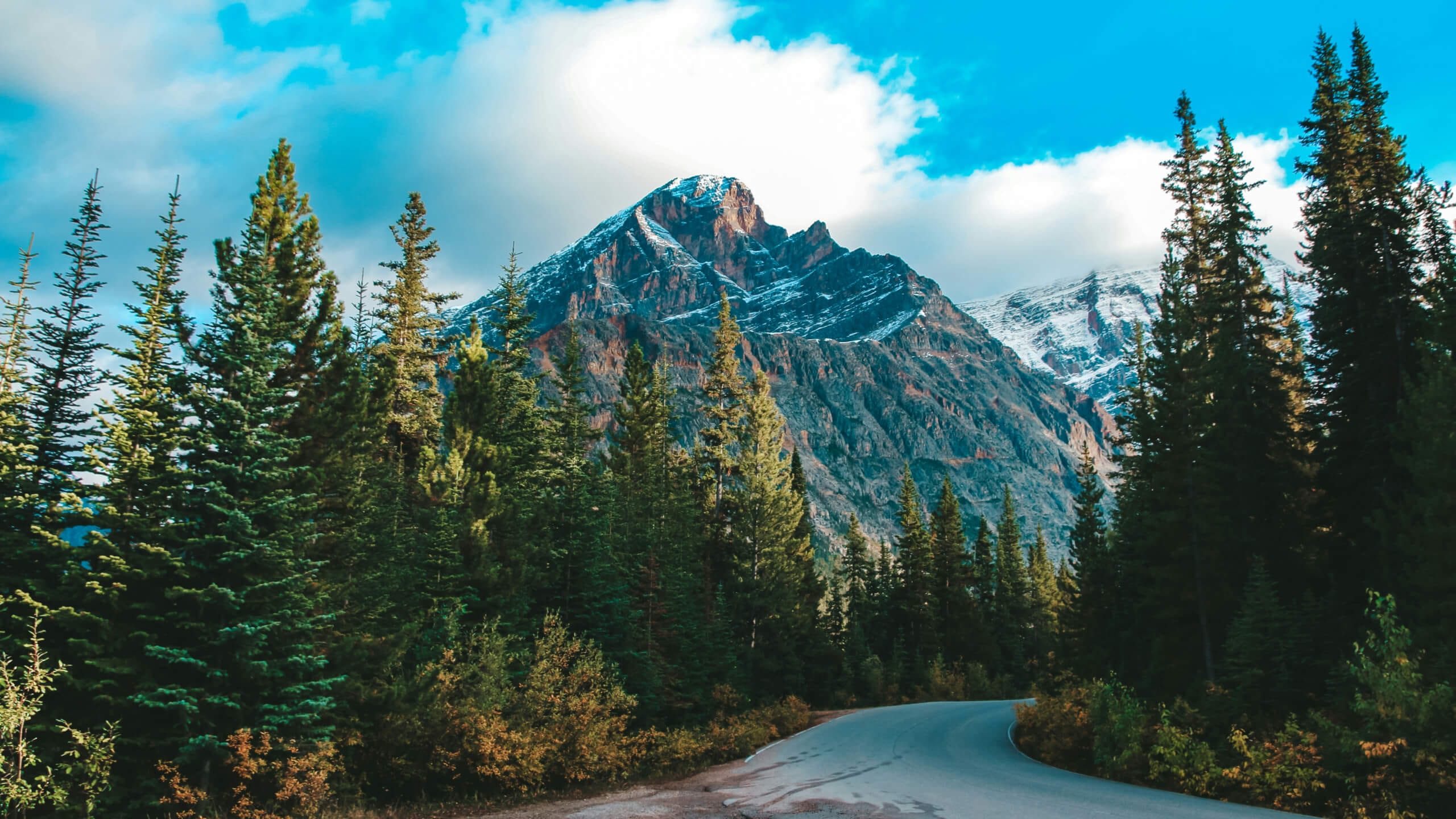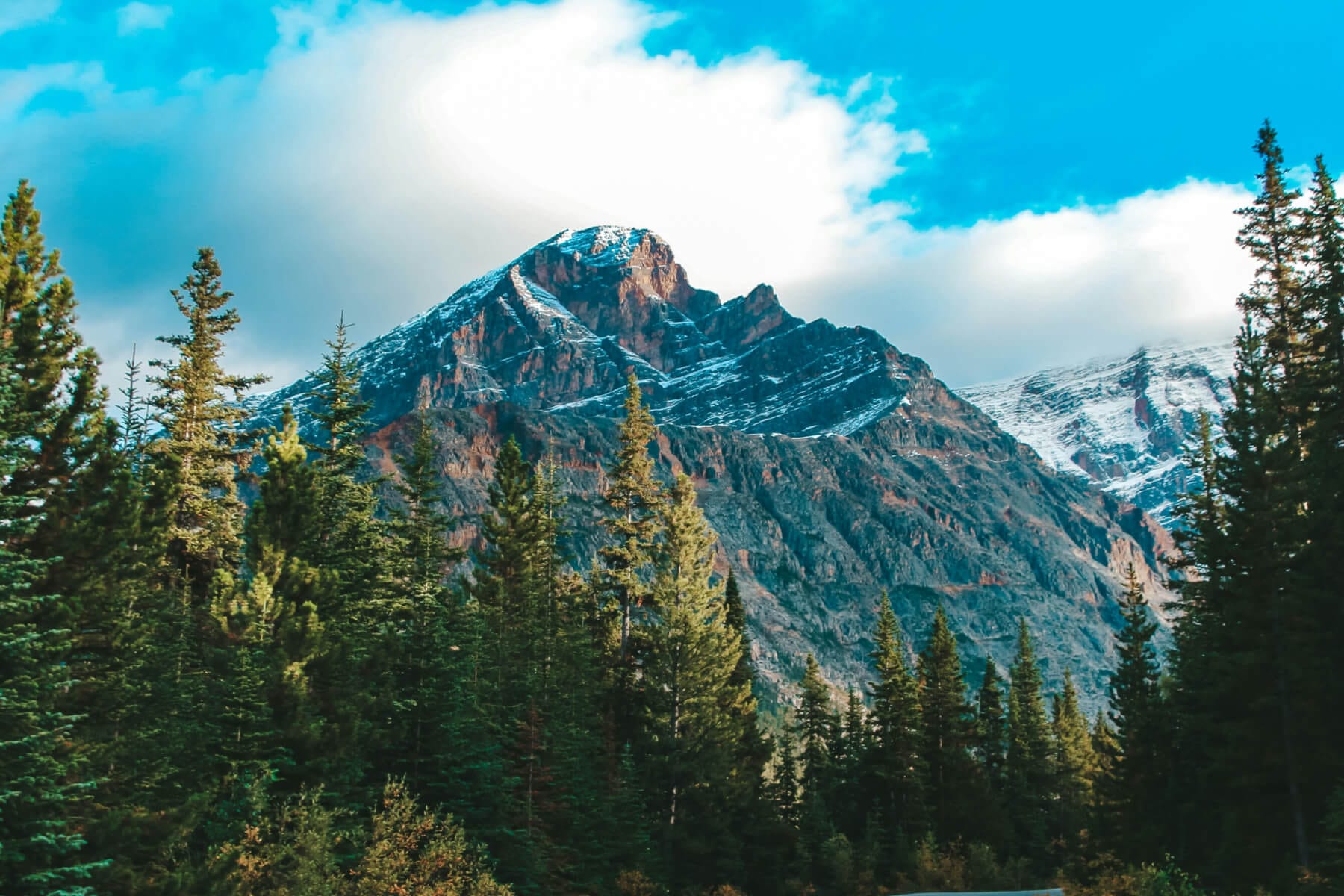Reforestation In
Alberta
Alberta is divided into three main physiographic regions: the Cordillera, Interior Plains, and Canadian Shield. Most of the province falls within the Interior Plains, which includes prairie grasslands in the south, parkland in the center, and boreal forests in the north. The Rocky Mountains rise in the southwest, part of the Cordillera. Alberta's northern latitude leads to cold winters and cool summers, with low precipitation, ranging from 30 cm in the southeast to 60 cm in the foothills.
Industrial activities like logging, farming, and oil extraction in Alberta’s Boreal Forest have caused habitat loss and fragmentation, endangering iconic species like the woodland caribou. This damage affects the forest’s biodiversity and ecosystem health. Climate change exacerbates these challenges by pushing vegetation northward, increasing wildfire risks and introducing new pests and diseases. Managing and protecting the Boreal Forest is critical for preserving its health and combating climate change.

Alberta Stats
41,400
jobs supported
41,400 jobs are supported by Alberta’s forest sector.
Alberta Forestry Sector Statistics, Canada Action
2.2m
Hectares burned
1,088 wildfires occurred in Alberta in 2023, burning about 2.2 million hectares of forest.
Alberta Wildfire’s Seasonal Statistics, Alberta Government
21m
Hectares of forest
As of 2021, Alberta is home to 21 million hectares of certified forest area.
Alberta Forestry Sector Statistics, Canada Action
58%
Boreal Forest
58% of Alberta’s land area is part of the Boreal Forest Natural Region.
Boreal Forest, Alberta Wilderness Association
60%
forested
60% of Alberta is forested.
Alberta Forestry Sector Statistics, Canada Action
Project Highlights
Wildfires in Alberta damage forests that support wildlife, stabilize soil, and benefit communities. Reforestation is an important strategy to support forest fire recovery in areas where natural regrowth would not happen otherwise. Learn about two recent reforestation projects that planted trees in Alberta!

Mistehae Lake
This multi-year project planted 600,000 trees in Alberta’s remote Slave Lake Forest in 2023, building off of 80,000 trees planted the previous year. Reforesting this area, impacted by the 2019 McMillan wildfire, will contribute to long-term recovery efforts. The project aims to restore conifer dominance, enhance biodiversity, and support natural regeneration through manual microsite creation.
Sparrow Project
The goal of this project is to create a new coniferous dominated forest that will stabilize soils and provide habitat for wildlife. In the first 20 years post-planting, the restored area will provide hiding, foraging, and nesting cover for migratory songbirds, raptors, owls, ungulates (moose, elk, white-tail deer, and mule deer), and black bears. In addition, the seedlings will be grown in a local nursery, supporting the local community.


Hog and Sheep Fire Restoration
This project reforested areas that were impacted by the 2020 Hog and Sheep fires. These high-severity fires heavily damaged local watersheds and habitat areas. Planting trees helped to restore habitat, improve soil stability, and increase carbon sequestration. Seedlings were planted at variable densities depending on slope, aspect, soils, site class, and soil moisture in late winter to early spring.


